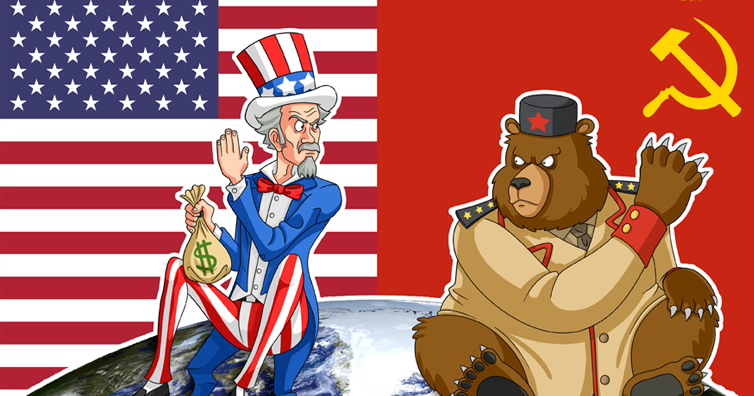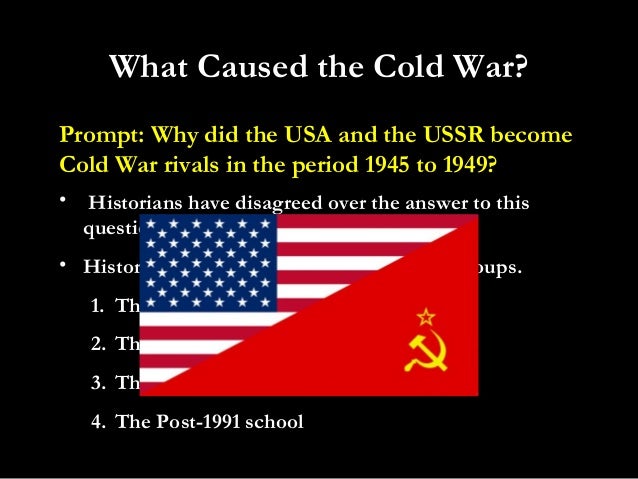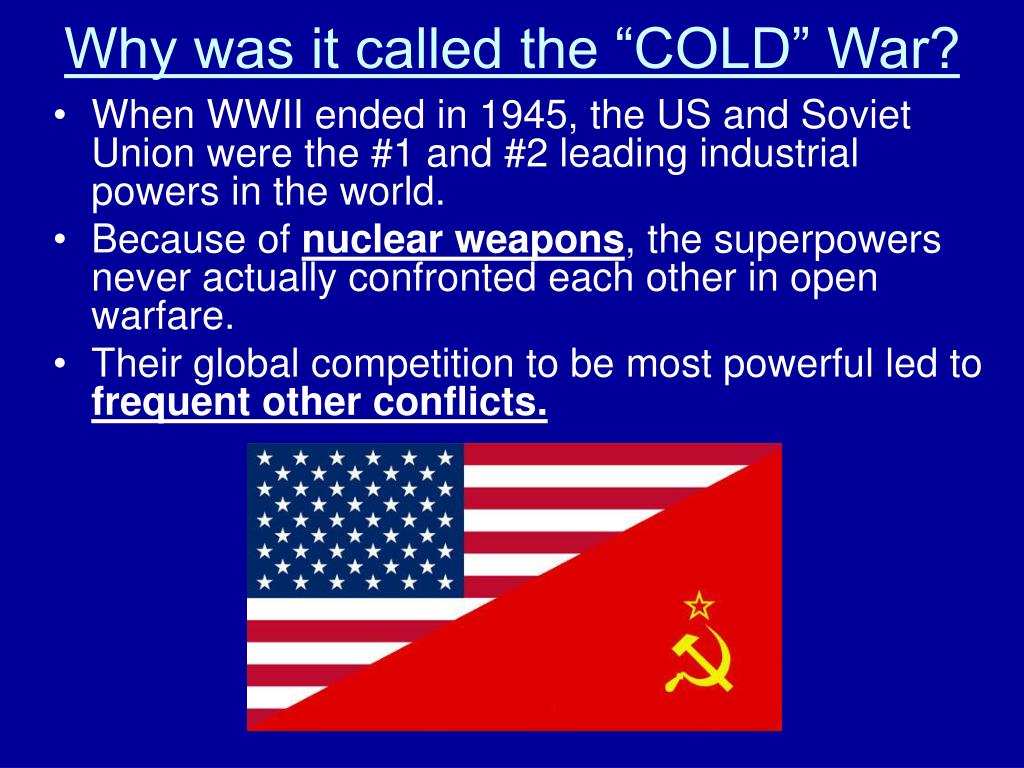
Introduction
The Cold War was a period of political tension between the United States and the Soviet Union, which lasted from the end of World War II in 1945 until the collapse of the Soviet Union in 1991. It was called the Cold War because there was no direct military conflict between the two superpowers, but instead, they engaged in a variety of proxy wars, espionage, and propaganda campaigns.

The Origins of the Cold War
The origins of the Cold War can be traced back to the end of World War II. The Soviet Union and the United States emerged from the war as the two dominant superpowers, but they had very different political and economic systems. The Soviet Union was a communist state, while the United States was a capitalist democracy.
The tension between the two nations was exacerbated by the fact that the Soviet Union had suffered greatly during the war and was eager to spread its ideology and influence throughout the world. The United States, on the other hand, was determined to contain Soviet expansion and promote democracy and capitalism.

The Containment Policy
In 1947, the United States adopted the containment policy to prevent the spread of communism. This policy included providing military and economic aid to countries threatened by communism and supporting democratic governments around the world.
The Soviet Union saw this as a direct threat to its security and responded by creating its own sphere of influence in Eastern Europe. This led to a series of crises and conflicts, including the Berlin Blockade, the Korean War, and the Cuban Missile Crisis.

The Cuban Missile Crisis
The Cuban Missile Crisis was the closest the world ever came to nuclear war. In 1962, the Soviet Union began installing nuclear missiles in Cuba, which is just 90 miles from the United States. President John F. Kennedy demanded that the missiles be removed, and the world held its breath as the two superpowers engaged in a tense standoff.
After several days of negotiations, the Soviet Union agreed to remove the missiles in exchange for a U.S. promise not to invade Cuba and to remove U.S. missiles from Turkey.
The Nuclear Arms Race
Throughout the Cold War, both the United States and the Soviet Union engaged in a massive arms race, building up their nuclear arsenals to deter each other from using nuclear weapons. This led to a dangerous and expensive arms buildup that threatened the security of the entire world.
The arms race continued until the collapse of the Soviet Union in 1991, which effectively ended the Cold War.

The Space Race
Another aspect of the Cold War was the space race, which began in 1957 when the Soviet Union launched the first artificial satellite, Sputnik. This led to a competition between the two superpowers to see who could achieve the most impressive space feats, including landing on the moon.
The space race was a source of national pride for both the United States and the Soviet Union and helped to fuel the arms race.

The Fall of the Berlin Wall
The Cold War officially ended in 1991 with the collapse of the Soviet Union. One of the most iconic moments of the Cold War was the fall of the Berlin Wall in 1989, which symbolized the end of the division of Europe and the beginning of a new era of cooperation.
The end of the Cold War also marked the beginning of a new era of global politics, with the United States emerging as the sole superpower.
Conclusion
The Cold War was a period of political tension and military buildup between the United States and the Soviet Union. It was called the Cold War because there was no direct military conflict between the two superpowers, but instead, they engaged in a variety of proxy wars, espionage, and propaganda campaigns. The Cold War ended in 1991 with the collapse of the Soviet Union, but its legacy continues to shape global politics to this day.